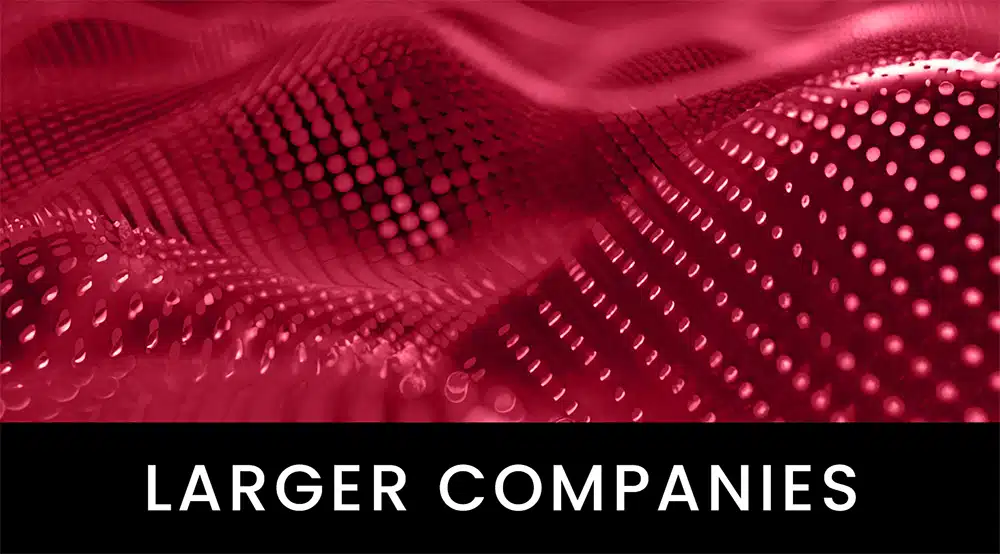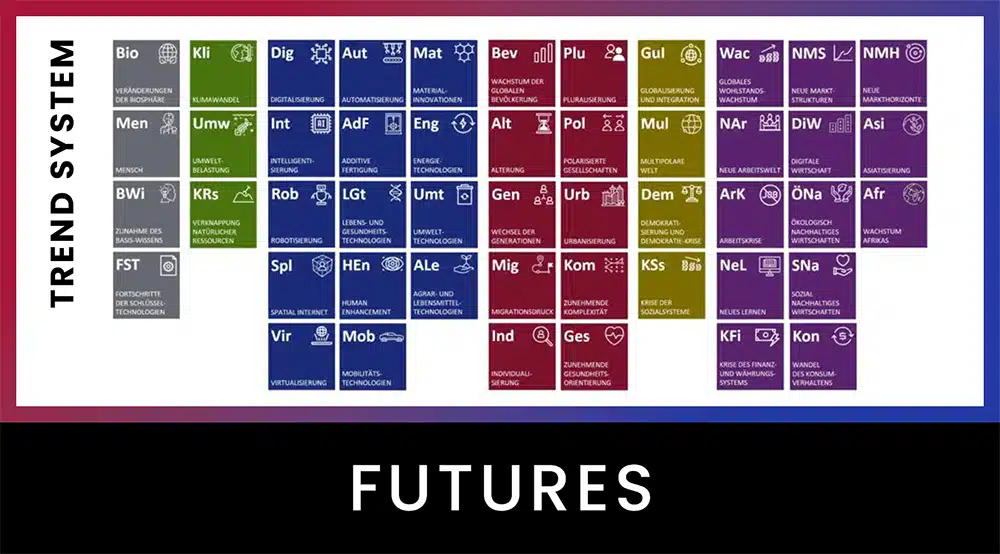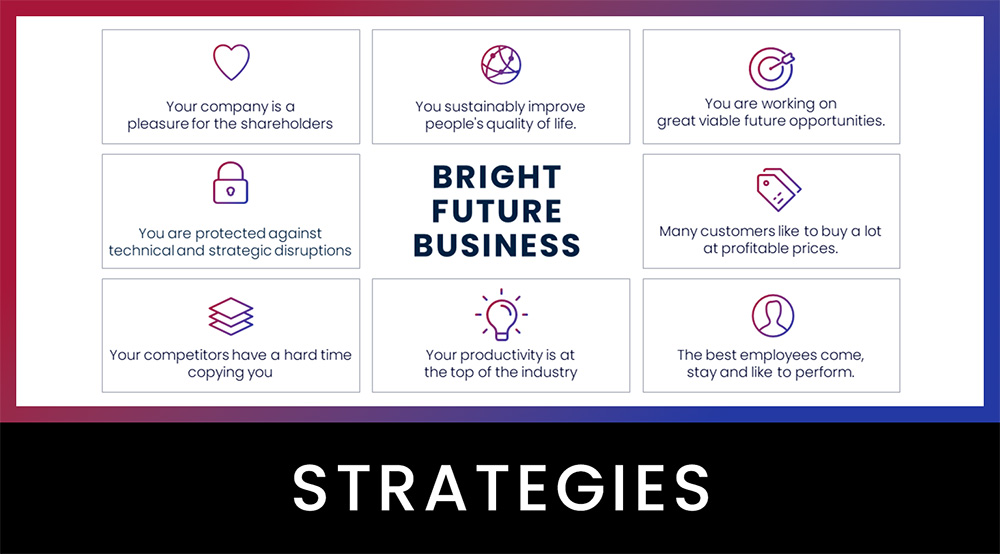The automotive industry is facing the biggest transformation in its history. In just 15 years, according to one conceivable scenario, no one will buy a car anymore. The reason: Increasing connectivity and intelligent automation of vehicles is turning mobility into a service offering – a multi-trillion dollar market. The differences between the old era of the automobile and the new era of mobility are massive, but with a good strategy, the transformation can succeed.
Nevertheless, electrification, networking and automation bring major challenges and not inconsiderable risks. Some examples of change in the automotive industry:
- Car buyers’ confidence in realistic test procedures and actual optimization potential for conventional drives is declining.
- Instead of fundamentally repositioning themselves, automotive suppliers are still investing in old and new technologies at the same time.
- There is uncertainty about which market segments and business areas should be abandoned or newly developed and when.
- Agile development and the rapid build-up of expertise through partnerships or acquisitions are becoming increasingly important.
- Due to the significantly lower maintenance intensity and repair susceptibility of electric motors, fewer spare parts are required.
- Low market entry barriers in the field of electromobility open up opportunities for new players. The intensity of competition continues to increase.
- Software developments are becoming even more important compared to hardware. The ‘war for talent’ in this field is intensifying.
- Digital services that are geared to the real, sometimes only latent, expectations of customers are gaining in importance.
- Development cycles of digital products are largely decoupled from the car (over-the-air updates, etc.), which means development processes are shortening.
- Fleet operators will source vehicles directly from OEMs or even develop them themselves.
- Increasing standardization and ever broader vehicle platforms are increasing the pressure on component manufacturers. Fewer and fewer suppliers are supplying ever larger quantities at competitively lower prices.
- The potential focus on more compact vehicle classes in sharing and mobility-as-a-service comes at the expense of other segments that are more profitable today.
- Due to the increase in hours of use per vehicle, more robust, i.e. more durable solutions are sometimes necessary, for example for car seats (materials, textiles, etc.).
- Digital interfaces of connected vehicles enable automotive manufacturers to increasingly penetrate the after-sales services market. Dealers and workshops lose the end customer.
- The interface and data sovereignty does not lie with the incumbents, but with the large IT and Internet companies with high expertise in software, algorithms, AI, and data collection, analysis, and processing.
- Vehicle manufacturers are increasingly cooperating with companies in the IT and semiconductor sectors, bypassing established suppliers.
- Autonomous vehicle functions increasingly require cross-component system know-how.
- Robotaxis are becoming so safe that numerous components and systems in the vehicle that served to ensure the safety of the occupants are no longer necessary.
- The robotaxis are produced in large quantities from highly standardized modules on giga-platforms. Only large and internationally positioned suppliers can still add value here.
- The significantly higher utilization shortens the service life of fleet vehicles in years while at the same time massively increasing mileage.
- Individual profiles of different users combined with standardization of Mobility-as-a-Service vehicles require new, more flexible vehicle concepts.
Every company must develop its own answer to the question of what it wants to focus on in the future.
When markets undergo radical change, there are always losers and winners. The winners will be those who align their business model with the new reality at an early stage. Every company must develop its own answer to the question of what it wants to focus on in the future.
The future is extremely uncertain for automakers, suppliers, dealers and their service providers. They will only survive if they define their positioning and vision in a future-robust way and consistently prepare for the next era. Realistically, realigning the business to take account of cross-industry trends (digitization, new business models, automated-electric driving, etc.) and individual strengths is imperative for those who want to survive in the market.
This article on change in the automotive industry is based on the latest Market Foresights:
- Roadmap to Disaster? Surviving Disruption! Vision candidates for automotive suppliers in a radically changing market.






























